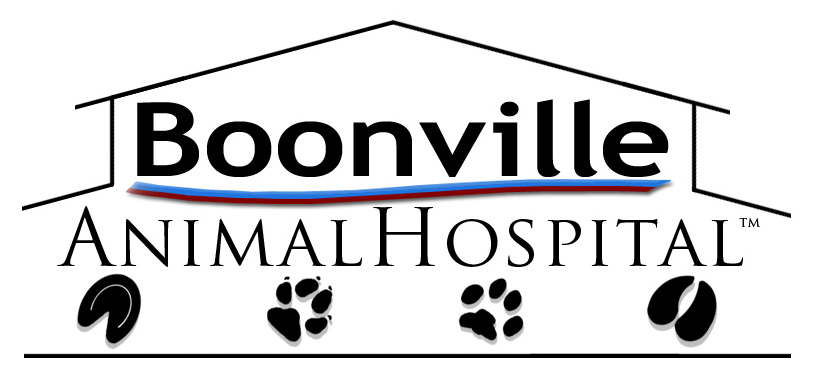Library
-
On first sight of the Schipperke, the dog appears to be a cloud of black down, fluffed up and unbelievably animated. If you could actually transform peppery energy into something material that you could touch, it would take the form of this elegant canine creature.
-
Among the most noble and elegant of breeds, the Scottish Deerhound looks most at home lounging in a Scottish castle. But while he does need room to stretch out, both inside and out, his quiet demeanor enables him to make even modest homes his castle.
-
Forget that pink bunny that runs on batteries - the Scottish Terrier has had the nickname "little diehard" since the 19th century. Small but incredibly solid, the Scottie is built like a shaggy black brick and this little ruffian wants to move, explore, chase things, and generally stay active and useful.
-
At first glance you might think she is a Scotty of a different color, but the Sealyham Terrier, or Sealy to her friends, comes from different stock and is very much her own dog. At one time a popular breed, she is now among the least known dogs. Yet she still retains her unique charm: a calm terrier, but nevertheless a terrier through and through.
-
Sebaceous adenitis is an immune-mediated disorder in which an inflammatory process is directed against the sebaceous glands in the skin. The clinical signs vary between short-haired and long-haired breeds though both experience hair loss, skin scales, and lesions that begin on the head. Unfortunately, this disease is challenging to diagnose and treat.
-
Seborrhea or seborrheic dermatitis is a skin disorder in which the sebaceous glands produce an excessive amount of sebum causing scaly, flaky, itchy, and red skin. It typically affects the back, face, and flanks. It may be worse in areas with skin folds, such as the feet, neck, lips, armpits, thighs, and underside. Seborrhea can be a primary or secondary disease and is diagnosed using multiple tests to determine the underlying cause. Treatment and management depend on the cause and may include topical therapies, oral anti-inflammatories, and antibiotics.
-
Dogs do so much more than entertain us with tricks or accompany us on walks. Their abilities as service dogs are astounding. Gaining in popularity, dogs that assist people who have seizures play an important role in the lives of their owners.
-
Seizures and syncope are commonly confused with one another due to similarities in the appearance of these episodes. Both present with collapse but there are several details, explained in this handout, that can differentiate between them, which is important for determining treatment. The prognosis for each condition varies depending on the underlying causes.
-
Seizures are one of the most frequently reported neurological conditions in dogs. A seizure may also be referred to as a convulsion or fit and is characterized by a temporary involuntary disturbance of normal brain function, usually accompanied by uncontrollable muscle tremors or spasms. There are many causes of seizures. Once anticonvulsant medication is started, it must be given for life.
-
Senior dogs are in the stage of life where aging begins to affect every organ system. Some organs wear out faster or are more susceptible to cumulative damage than others, so certain observations are critical. While it is true that old age is not a disease, older dogs do merit special attention, including routine health exams twice yearly. This is important so that if your dog develops a disease, it can be recognized and treated as early as possible, thereby maintaining his quality of life for as long as possible.

